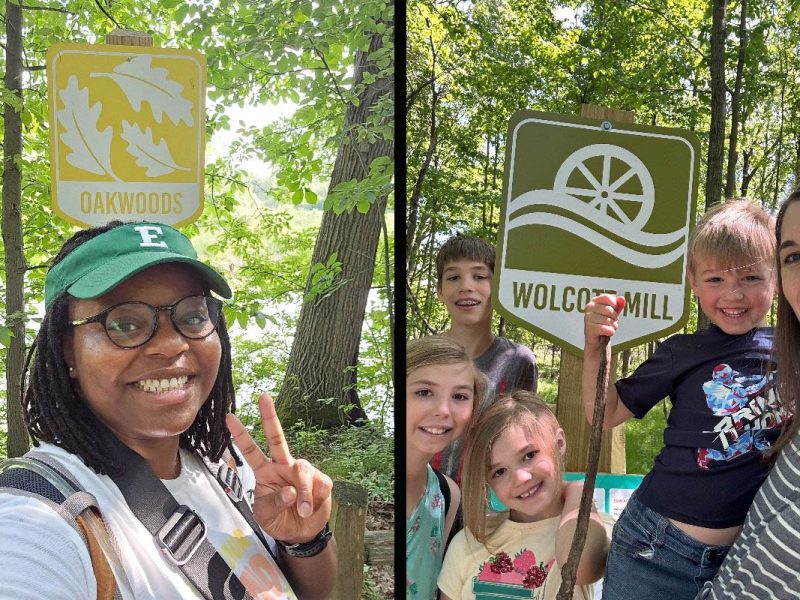Why Detroit’s health department is going to ‘trap houses’ to distribute narcan kits
“We go where the most drug activity takes place, and sometimes that’s a gas station or restaurant,” says XXXXXXXX of the Detroit Health Department. XXXX manages distribution of the kits. “But we also frequent hotels and trap houses. Trap houses are houses where known drug activity takes place.”

Officials in Detroit’s health department faced a challenge. When the department became eligible to receive hundreds of Narcan kits from the state of Michigan’s health department, they had to be strategic about where they would distribute them.
Narcan rescue kits are used to assist an individual from succumbing to an opioid overdose. Typically administered nasally, the kits are more and more commonplace in public places across the country, particularly in places with an uptick of opioid abuse.
For years, Detroit was not one of those places; its suburbs to the north and west became more closely associated with the epidemic. But when a new batch of numbers showed that more and more Black Michiganders were falling victim to opioid abuse, suddenly Detroit — and other cities with high Black populations, in a state that contains some of the most racially segregated cities in the country — was near the top of the list.
Detroit health officials decided to go straight to the source: Trap houses.
“We go where the most drug activity takes place, and sometimes that’s a gas station or restaurant,” says Yolanda Hill-Ashford of the Detroit Health Department. Hill-Ashford manages distribution of the kits. “But we also frequent hotels and trap houses. Trap houses are houses where known drug activity takes place.”
Detroit’s health department deployed “foot soldiers” who keep their ears and eyes to the ground on where drug activity happens in the dozens of neighborhoods across the 143-square-mile city. Trap houses are a target area, so those kits are left there just in case.
“We actually are going in there, we have individuals on the team who have lived experience, they know a lot of the people and players in the field,” Hill-Ashford says.
“They know where people are hanging out, and we do interact with those individuals. They know the liability of having someone die on their property, and they inform them of what they do and how to respond when someone is overdosing,” she added.
Black Michiganders are dying from overdose fatalities at twice the rate of their white counterparts, according to the state’s health department. “When we look at our approach to opioids, we’re seeing that it’s not just opioids anymore, but it’s turning into a polysubstance issue,” says Dr. Natasha Bagdasarian, chief medical executive of the Michigan Department of Health and Human Services.
There is no one trigger, say an economic event or any other outside factor, that led to a spike in substance-related deaths of Black Michiganders, but officials note that Michigan is not the only state where Black residents are the most vulnerable for such fatalities. The rise of polysubstance abuse, however, has played a major role.
“There are ,any episodes now where [users] are using cocaine. They do not think they are ingesting an opioid, but those drugs are now being laced with fentanyl,” Bagdasarian says. “There has been an increase in Fentanyl and dilaudin contamination in a variety of substances
Michigan is home to several significant Black communities outside Detroit, notably Grand Rapids, Jackson, Flint, Saginaw, Benton Harbor, Muskegon, Kalamazoo, Ypsilanti and Baldwin. All of these communities have specific needs; “there’s not a one size fits all for every community,” Bagdasarian says. But, the health department did realize after looking at where overdoses were occurring that “we are simply not reaching folks the same way, and that’s something we need to do a better job with.”
Since 2020, the state says it has distributed more than 750,000 naloxone kits to these communities. That doesn’t mean all 750,000 have been used; overdose reporting is voluntary, and the state says it has tracked 7,000 uses of the kits in the same timeframe. The state has also ramped up its distribution of of fentanyl and xylazine, a non-opioid sedative found in veterinary medications, test strips.
“We learned from COVID to meet people where they are,” Bagdasarian says. “This is not something that we saw three years ago — this is not something we saw 10 years ago. We have to be on the lookout for what is the next problem.”




